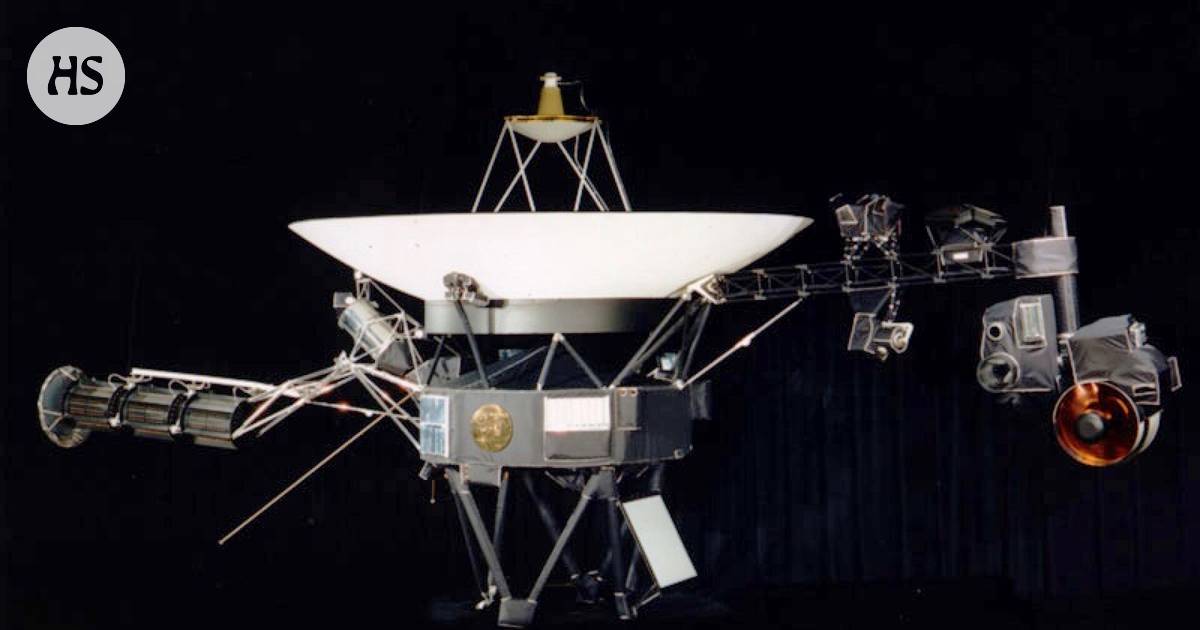NASA recently announced that the Voyager 1 probe is once again sending usable data back to Earth. This probe is the farthest human-made object sent into space. After a faulty chip caused it to stop transmitting readable data in mid-November, NASA’s Jet Propulsion Laboratory discovered the issue and developed an ingenious coding solution to fix it within the probe’s 46-year-old computer system. The purpose of fixing the issue is to enable the spacecraft to transmit scientific data once again.
Voyager 1 was launched in 1977 and became humanity’s first spacecraft to reach interstellar space in 2012. Currently, it is more than 15 billion miles away from Earth, with messages taking approximately 22.5 hours to reach the probe. In 2018, the Voyager 2 probe also left our solar system. Both probes contain 12-inch gold-plated copper plates that aim to convey the story of Earth to extraterrestrials. The discs include a map of the solar system, a piece of uranium that acts as a radioactive clock, and symbolized instructions for playing the disc. The contents of the discs were selected by astronomer Carl Sagan and a NASA committee, including coded images of life on Earth, music, and sounds that can be played with a needle.
Despite their continued success, it is believed that their power sources will run out sometime after 2025. After this, they will continue to travel through the Milky Way in silence.



